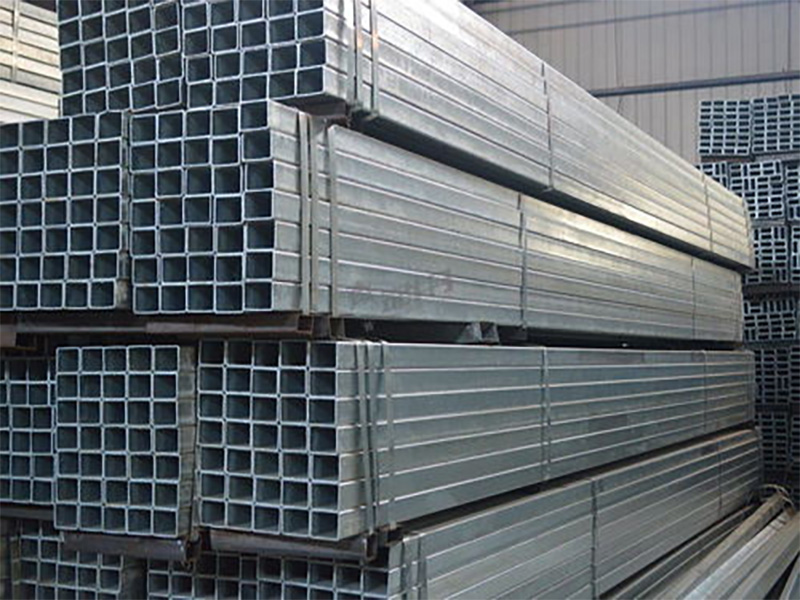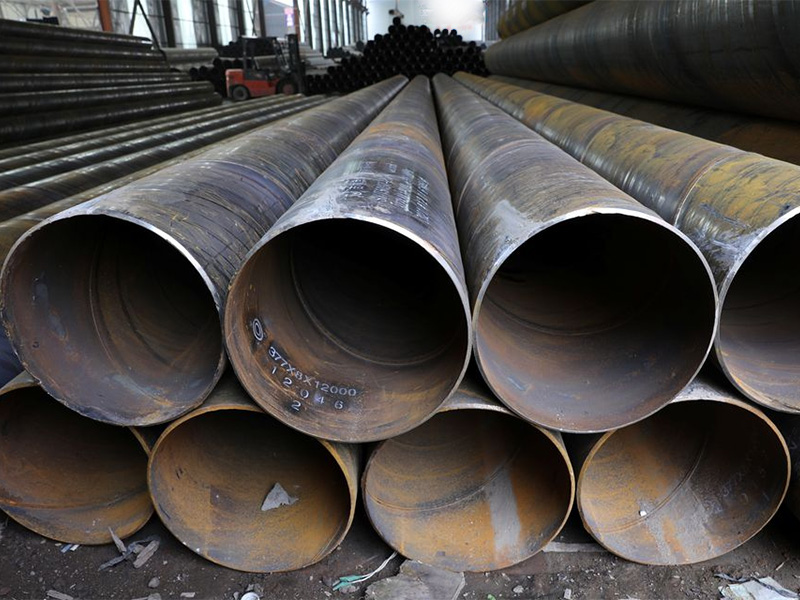

Steel or specimen in tension, when the stress exceeds the elastic limit, even if the stress no longer increases, and the steel or specimen still continues to undergo significant plastic deformation, called this phenomenon for yielding, and the minimum stress value when the yielding phenomenon that is the yield point.
Set Ps for the yield point s at the external force, Fo for the sample area, the yield point σs = Ps/Fo (MPa), MPa is called MPa equal to N/mm2, (1MPa = 106Pa, 1Pa = 1N/m2)

The mechanical properties of steel are followed by the yield strength.The yield point of some metallic materials is extremely inconspicuous and difficult to measure, so in order to measure the yield characteristics of the material, it is stipulated that the stress that produces a permanent residual plastic deformation equal to a certain value (generally 0.2% of the original length) is called the conditional yield strength or simply yield strength σ0.2 .
The mechanical properties of steel are followed by the tensile properties. The maximum stress value reached during the stretching process of a material, from the beginning to the time of fracture. It indicates the size of the steel’s ability to resist fracture. With the tensile strength corresponding to the compressive strength, bending strength, etc..
Let Pb be the maximum tensile force reached before the material is pulled, Fo is the cross-sectional area of the specimen, then the tensile strength σb= Pb/Fo (MPa).

The mechanical properties of steel are followed by the Elongation (δs).The percentage of the plastic elongation of a material after it is pulled from the original specimen length is called elongation or elongation.
The mechanical properties of steel are followed by Yield ratio (σs/σb).The ratio of yield point (yield strength) to tensile strength of steel is called yield ratio. The higher the yield ratio, the higher the reliability of structural parts. Generally, the yield ratio of carbon steel is 0.6-0.65, that of low alloy structural steel is 0.65-0.75 and that of alloy structural steel is 0.84-0.86.
The mechanical properties of steel followed by hardness.Hardness indicates the ability of a material to resist a hard object pressing into its surface. It is one of the important performance indicators of metal materials. Generally the higher the hardness, the better the wear resistance. Commonly used hardness indexes are Brinell hardness, Rockwell hardness and Vickers hardness.

For Further Details,Please Feel Free To Contact Us: